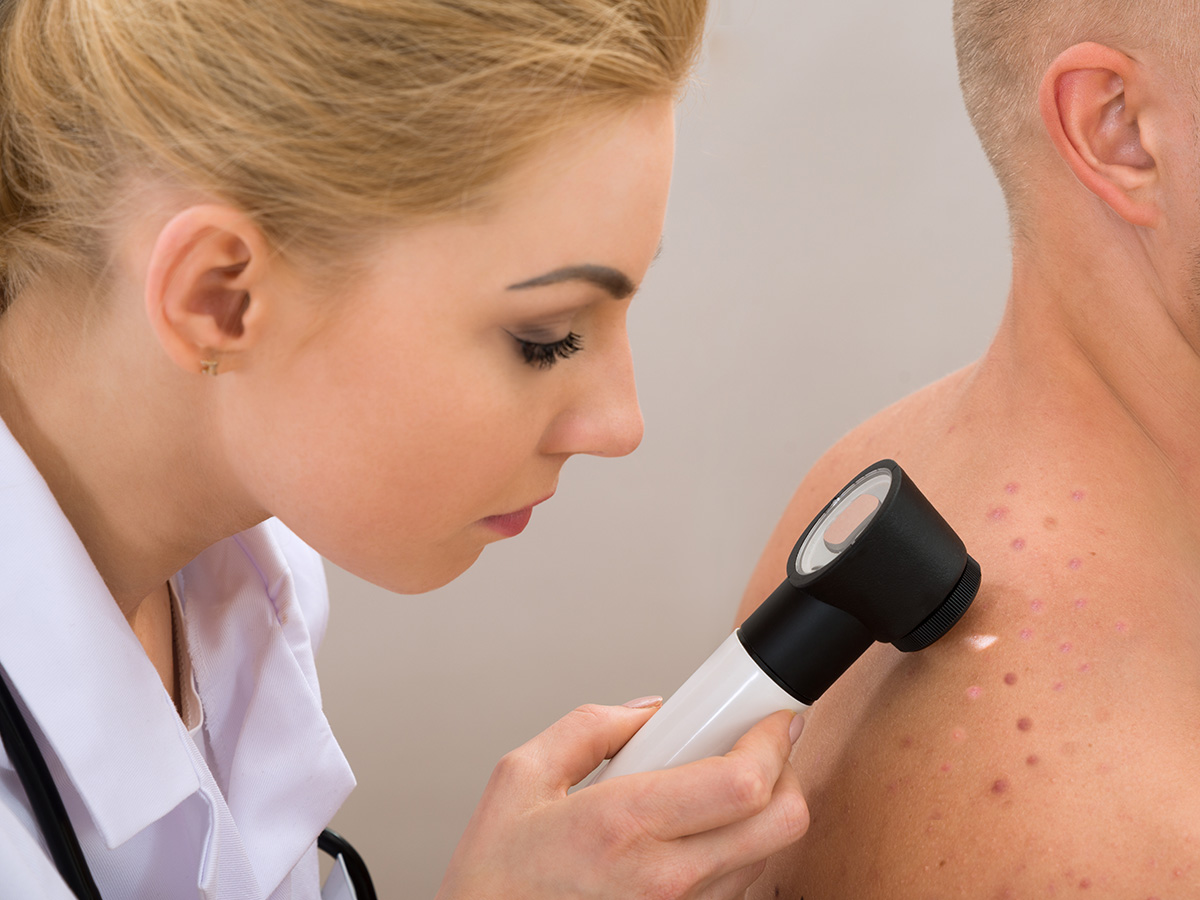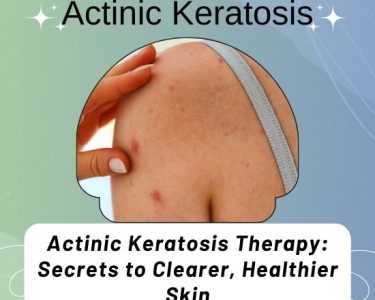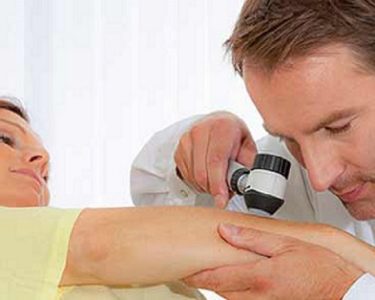Actinic keratosis (AK) is a common skin condition that occurs due to prolonged exposure to ultraviolet (UV) radiation from the sun or tanning beds. These precancerous growths, also known as solar keratoses, can develop into skin cancer if left untreated. One of the most effective treatments for actinic keratosis is laser therapy, which offers a precise, minimally invasive solution to remove these lesions and promote healthier skin.
What is Actinic Keratosis?
Actinic keratosis (AK), also known as solar keratosis or senile keratosis, is a precancerous skin condition that typically occurs due to prolonged sun exposure or tanning. It is characterized by the development of rough, scaly patches or growths on the skin, often in areas that are commonly exposed to sunlight, such as the face, ears, neck, scalp, chest, backs of the hands, forearms, or lips.
Related Articles: Actinic Keratosis on the Eyelids: Protect Your Eyelids
These growths can vary in size and color, ranging from pink, red, or brownish to flesh-colored. While actinic keratosis itself is not cancerous, it can develop into squamous cell carcinoma (a type of skin cancer) if left untreated, especially when multiple AKs are present or they are large and thickened.
Common symptoms include:
- Dry or flaky patches of skin
- Itchy, burning, or tender areas
- A rough, sandpaper-like texture
People with fair skin, a history of excessive sun exposure, a weakened immune system, or those who are older are at higher risk for developing actinic keratosis. Early diagnosis and treatment can help prevent the progression to skin cancer.
Laser Treatment for Actinic Keratosis
Laser treatment for actinic keratosis is a popular and highly effective option for removing these precancerous lesions. This procedure uses focused light energy to target the damaged skin cells while leaving surrounding tissue unharmed. There are various types of laser treatments used to treat AK, including:
Related Articles: Most Effective Treatment for Actinic Keratosis
- CO2 Laser: The carbon dioxide (CO2) laser is one of the most effective lasers for treating actinic keratosis. It works by emitting short bursts of concentrated light energy that vaporize the top layer of skin. This helps to remove the damaged cells and promotes the growth of healthy, new skin. CO2 laser treatment is particularly useful for treating thick or stubborn actinic keratosis lesions.
- Pulsed Dye Laser (PDL): The pulsed dye laser is another effective treatment option for actinic keratosis, particularly for lesions that are flat and superficial. This laser targets the blood vessels within the lesion, causing them to collapse and the skin to heal. Pulsed dye laser treatment is often used for multiple lesions at once, making it ideal for widespread areas of actinic keratosis.
- Erbium Laser: The erbium laser works similarly to the CO2 laser but is gentler on the skin. It removes the outer layers of skin tissue and stimulates collagen production, leading to smoother, healthier skin. This type of laser is ideal for more delicate areas or patients with sensitive skin.
Benefits of Laser Treatment for Actinic Keratosis
Laser treatment for actinic keratosis offers several advantages:
Related Articles: 10 Actinic Keratosis Home Remedies and Natural Cure
- Precision: Laser treatments can precisely target the affected skin cells without causing damage to surrounding healthy tissue. This allows for more effective removal of the lesion and reduces the risk of scarring.
- Minimal Downtime: Most patients experience minimal downtime after laser treatment. While the treated area may be red and swollen for a few days, the healing process is usually quick, and most people can resume normal activities within a week.
- Reduced Recurrence: Laser treatment can effectively remove the precancerous cells, reducing the chances of the lesions reappearing. In some cases, multiple sessions may be required for complete removal of all affected areas.
- Cosmetic Improvement: In addition to treating actinic keratosis, laser therapy can also improve the overall appearance of the skin. It can smooth rough patches, reduce discoloration, and promote the growth of healthier skin.
What to Expect During Laser Treatment?
Before the procedure, a healthcare provider will evaluate the size and location of the actinic keratosis lesions. Depending on the type of laser treatment, a local anesthetic or topical numbing cream may be applied to minimize discomfort. The laser treatment itself typically lasts between 15 to 30 minutes, depending on the number of lesions being treated.
Related Articles: Actinic Keratosis Medical Procedures: What You Need to Know
After the procedure, patients may experience some redness, swelling, or scabbing in the treated areas. It’s important to avoid sun exposure and follow the aftercare instructions provided by the healthcare provider to promote healing and prevent complications.
Is Laser Treatment Right for You?
Laser treatment for actinic keratosis is a safe and effective option for many individuals. However, it is essential to consult with a dermatologist or healthcare provider to determine if laser therapy is the best option for your specific case. Other treatment options for actinic keratosis may include cryotherapy (freezing the lesions), topical creams, or photodynamic therapy.
Related Articles: Actinic Keratosis Therapy: Secrets to Clearer, Healthier Skin
Conclusion
Laser treatment for actinic keratosis is a powerful and precise method for removing precancerous skin lesions, reducing the risk of skin cancer, and improving the overall appearance of the skin. If you have actinic keratosis or notice any suspicious skin changes, it’s crucial to seek professional treatment as soon as possible. With timely and effective treatment, you can protect your skin and maintain your skin health for years to come.




